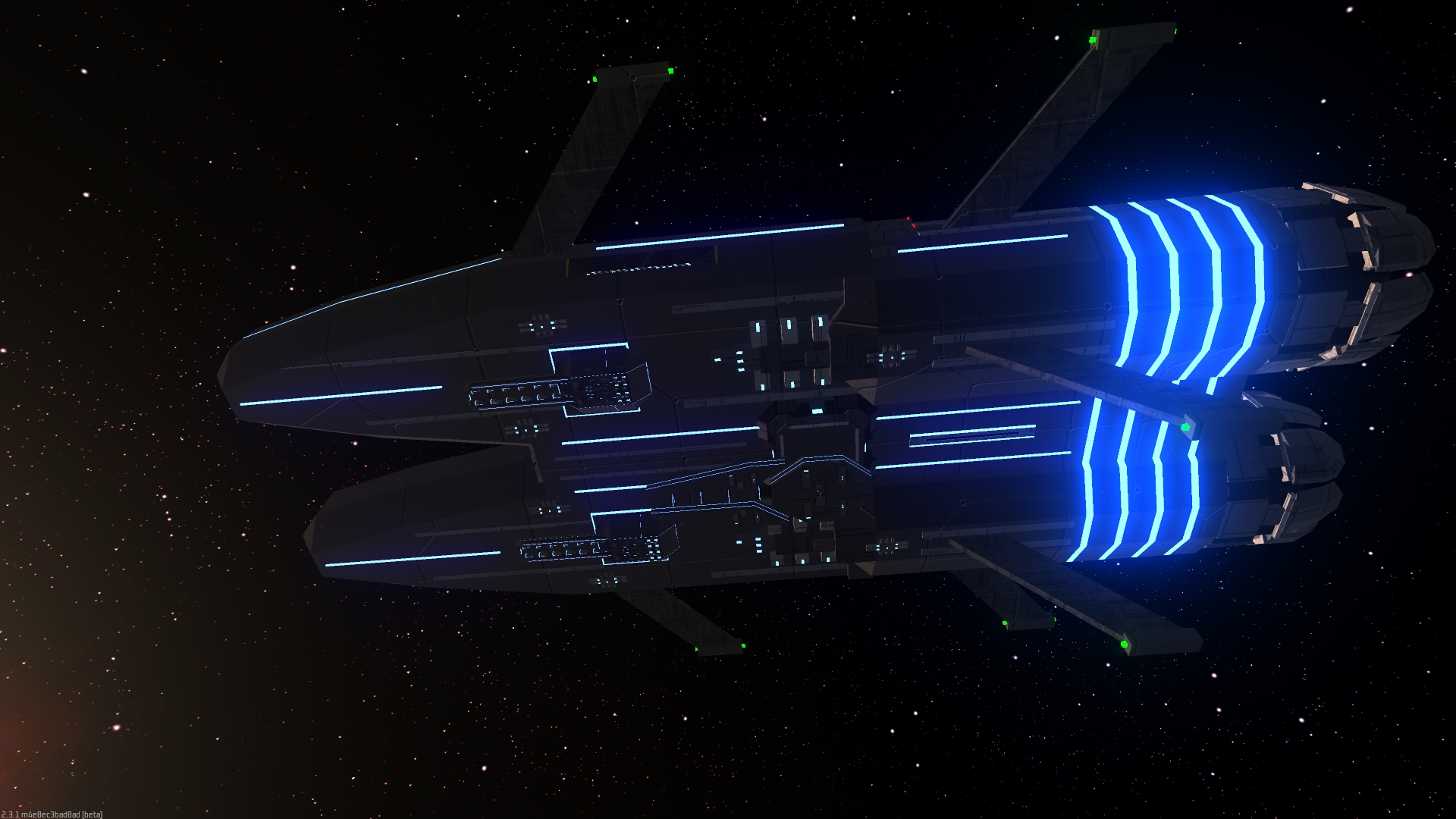Trakanawai
A large predator spaceborne species of the midworlds of the Beta Targos System.
The trakanawai hunt using a large harpoon-like organ which is located on their head. This can impale prey from several kilometers away which is actually a short range in space. After hitting a target, it will then pull the impaled prey into its mouth. The trakanawai were not directly created by the Harkas, but has evolved in the space ecosystem that the harkas has created. The trakanawai will try to hunt harkas of most sizes and many purposed organisms, as well as some wild species. As the harkas became more powerful, they created organisms to warn them of incoming trakanawai prescence well before it could arrive, which continues to save many lives. They thus instead hunted wild space animals instead. Some groups of harkas have repurposed them, often into bioships meant for transportation but they have been known to be used in war after extensive modifications to their skin (giving them armour) and perhaps more powerful harpoons with longer range. These creatures designed for war have also been made much faster as the harkas modified them to have a much faster metabolism.
The trakanawai are typically about 30 m long and have large, wide bodies that are otherwise smooth apart from the several features such as radiators, the head and propulsion thrusters.
As they constantly migrate between Panagia and the Zar Belt to feed and reproduce respectively, they have a relatively slow metabolism allowing them to travel long distances in space with little energy consumption. They can hibernate and travel these distances simultaneously. A single trakanawai can repeat this cycle upwards of 10 times within their lifespan. They reproduce asexually, but 2 species members are required to lay eggs. They both cause pregnancy in the other which allows them to reproduce at quite fast speeds. To protect the eggs, they resemble small rocks and are normally planted in asteroids to hide them from predators. After being laid, the eggs would normally take close to 6 months to hatch, allowing the fetus to develop to a very large size. The trakanawai lay large eggs, about 5 m in length. To accomodate this, the trakanawai's body visibly bulges out when the egg grows to its maximum size and part of the digestive system temporarily turns into the reproductive system, causing them to have a smaler stomach. Their metabolism speeds upslightly to obtain the energy for this, so the trakanawai typically use the remainder of their energy reserves to reproduce. They also eat food around the Zar Belt, but they have more available around Panagian orbit.
The 0g environment of space allows for some truly massive creatures to evolve. The trakanawai themselves are prey to various other space animals and are very small in comparison to most bioships. Even some harkas can rival them in size but this is rare. The trakanawai have evolved to hibernate with their eyes open in order to see the nearby space while asleep. If a predator approaches they will see it and wake up, possibly escaping the predator. Different sections of their brain go to sleep at different times.



Comments